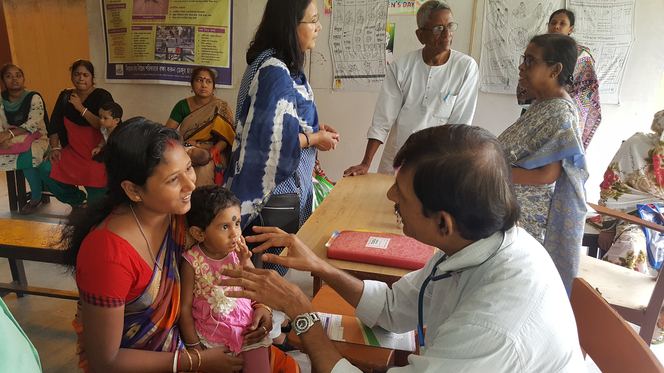Monitoring impact

Best Practices in NGO Operations Management
In the dynamic realm of non-governmental organizations (NGOs), effective impact monitoring is not just a measure of success; it’s the heartbeat that propels sustainable social enterprises towards meaningful change. In this exploration, we delve into the best practices of “Monitoring Impact: Best Practices in NGO Operations Management,” uncovering key strategies and methodologies to ensure that every initiative leaves a lasting and positive mark on the communities we serve.
- Setting the Foundation: Defining Impact Metrics: The first step in effective impact monitoring is establishing clear and measurable metrics. Identify key performance indicators (KPIs) that align with the NGO’s mission and objectives. From quantifiable goals to qualitative outcomes, these metrics lay the foundation for comprehensive impact assessment.
- Real-time Data Collection: Enhancing Decision-Making :In the digital age, harnessing the power of real-time data is essential for informed decision-making. Explore the integration of technology in data collection processes, enabling NGOs to gather timely insights and respond dynamically to the evolving needs of the communities they serve.
- Stakeholder Engagement: Amplifying Impact through Collaboration: Effective impact monitoring goes beyond numbers; it involves the voices and perspectives of those directly impacted. Learn how to implement robust stakeholder engagement strategies, ensuring that community members, partners, and beneficiaries actively contribute to the evaluation process.
- Adaptable Frameworks: Navigating Complexity: In a world of dynamic challenges: impact monitoring frameworks must be adaptable. Explore flexible assessment methodologies that allow NGOs to navigate the complexities of diverse initiatives, adapt strategies in real-time, and remain responsive to the ever-changing landscape.
- Communication for Transparency: Telling Impactful Stories: Transparent communication about impact is crucial for maintaining trust and accountability. Uncover effective strategies for sharing impact stories with stakeholders, donors, and the wider community. From annual reports to social media, discover channels that resonate and amplify your organization’s success.
- Continuous Improvement: Learning from Successes and Challenges: True impact monitoring extends beyond measurement – it’s a catalyst for continuous improvement. Embrace a culture of learning from both successes and challenges. Explore how insights gained from monitoring can inform future strategies, refining programs for more significant and sustained positive change.
- Collaboration for Collective Impact: Sharing Insights Across NGOs: Engage in collaborative learning by sharing impact monitoring insights with other NGOs. Discover how cross-sector partnerships and knowledge exchange contribute to collective impact. Learn from the successes and challenges of peers, fostering a spirit of collaboration for the greater good.
- Technology Integration: Tools for Efficient Impact Monitoring: Incorporate technology tools that streamline the impact monitoring process. Explore digital platforms and software designed for NGOs, ensuring efficient data management, comprehensive reporting, and the seamless integration of impact measurement into everyday operations.
- Training and Capacity Building: Empowering Monitoring Teams: Invest in the training and capacity building of monitoring teams. Equip staff with the necessary skills to implement best practices in impact assessment. From data analysts to community liaisons, ensure that your team is empowered to carry out impactful and accurate monitoring.
- Join the Impact Monitoring Revolution with sustainable social enterprise and leadership program: Discover how with sustainable social enterprise and leadership program is at the forefront of the impact monitoring revolution. Our commitment to excellence in impact assessment is woven into every aspect of our operations. Join us in empowering communities, inspiring donors, and driving lasting positive change through rigorous and effective impact monitoring.






